Moving costs refer to the expenses incurred when relocating from one place to another. These expenses include packing materials, transportation, labor, and additional services like storage, insurance, and cleaning. The cost of moving can vary greatly depending on various factors such as the distance of the move, the size of the move, the time of the year, and the additional services required. Knowing how much it costs to move can help you plan your budget and avoid unpleasant surprises when it’s time to pay.
New York City is one of the busiest and most expensive cities in the world, and moving within or to this city can be a daunting task. Knowing the average moving costs in NYC can help you plan your move and avoid overpaying for moving services. Understanding the different factors that affect moving costs can also help you make informed decisions about which services you need and which ones you can do without.
This article will provide you with a comprehensive guide to the average moving costs in NYC. We will discuss the different factors that affect moving costs, such as distance, size, time of year, and additional services. We will also provide you with the average cost of local and long-distance moves in NYC, as well as additional costs to consider such as packing supplies, insurance, and storage. Finally, we will offer tips on how to reduce moving costs, such as DIY moving, comparing quotes, and downsizing. By the end of this article, you will have a better understanding of the average moving costs in NYC and how to plan your move within your budget.
Table of Contents
ToggleAffecting Moving Costs in NYC
Moving can be an expensive and stressful experience, especially in a city as bustling and expensive as New York City. Several factors can affect the cost of moving, and it is essential to consider these factors before making a move. In this article, we will discuss the factors that affect moving costs in NYC and provide insights on how to reduce moving expenses.
Distance of the Move
The distance of the move is one of the most significant factors that affect moving costs in NYC. Generally, moving companies charge by the distance traveled. Therefore, if you are moving to a new location that is far away, the cost of moving will be higher than if you are moving to a nearby location. Long-distance moves also require more preparation and planning, which can add to the cost.
B. Size of the Move: Another factor that affects moving costs in NYC is the size of the move. The size of the move is usually determined by the number of items being moved and the size of the moving truck required to transport them. The more significant the move, the more expensive it will be. Additionally, moving large and bulky items such as furniture, pianos, or appliances can also increase the cost of the move.
To reduce the cost of moving, it is essential to declutter and get rid of items that are no longer needed. This can help to reduce the number of items being moved, and consequently, the cost of the move. Additionally, one can consider donating or selling unwanted items to earn some extra cash.
Time of the Year
The time of year also affects the cost of moving in NYC. Generally, moving during peak seasons such as summer and spring can be more expensive than moving during the off-peak season. During the peak season, moving companies tend to be busier, which can drive up the cost of moving.
It is advisable to plan a move during the off-peak season to reduce moving costs. Additionally, scheduling the move during weekdays can be less expensive than scheduling the move during weekends or holidays.
Additional Services
Additional services such as packing, unpacking, and storage can also increase the cost of moving. Packing services involve professionals packing your belongings for you, while unpacking services involve unpacking your belongings at your new location. Storage services provide a temporary location to store your belongings before or after a move.
While these additional services can be convenient, they can also add up to the total cost of the move. To reduce moving expenses, one can consider packing and unpacking their belongings themselves or seeking the help of friends and family. Additionally, one can save money on storage by choosing a more affordable storage facility.
Sseveral factors can affect moving costs in NYC. It is essential to consider these factors before making a move to avoid surprises and unnecessary expenses. By taking the time to plan and prepare for a move, one can reduce moving costs and make the experience less stressful.
Average Cost of Local Moves in NYC
Moving within the same city or area is referred to as a local move. In New York City, where space is limited and rent prices are high, moving is a common occurrence. Knowing the average cost of local moves in NYC is important for planning and budgeting purposes. In this section, we will explore the average cost of local moves for one-bedroom, two-bedroom, and three-bedroom apartments.
Explanation of what local moves are
Local moves are usually defined as moves that are within a 50-mile radius. In New York City, this may include moving from one neighborhood to another or from one borough to another. Local moves are generally less expensive than long-distance moves because the distance traveled is shorter, and there are typically fewer logistics involved. Local moves are typically charged based on an hourly rate, with additional fees for any extra services requested.
Average cost for a one-bedroom apartment
The cost of a local move in NYC for a one-bedroom apartment typically ranges from $400 to $1,000. This cost can vary depending on several factors, including the distance between the current and new apartment, the number of belongings being moved, and the type of services requested. If the move requires additional services such as packing and unpacking, furniture disassembly and reassembly, or the use of special equipment, the cost may increase. The hourly rate charged by most moving companies in NYC ranges from $180 to $250.
Average cost for a two-bedroom apartment
The average cost of a local move in NYC for a two-bedroom apartment ranges from $800 to $1,500. Again, the cost may vary depending on the distance between the apartments, the number of belongings being moved, and the services requested. Additional services, such as packing and unpacking, furniture disassembly and reassembly, and the use of special equipment, may also increase the cost of the move.
Average cost for a three-bedroom apartment
The cost of a local move in NYC for a three-bedroom apartment typically ranges from $1,200 to $2,500. Like the previous apartment sizes, the cost can vary depending on the distance between the apartments, the amount of belongings being moved, and the services requested. Moving a larger apartment usually requires more time and resources, which can lead to a higher cost.
It’s important to note that the prices mentioned above are only estimates, and the actual cost of a local move in NYC may vary based on several factors. It’s always a good idea to get multiple quotes from reputable moving companies to compare prices and services before making a final decision.
Factors that may impact the cost of local moves in NYC include the time of year, the day of the week, and the availability of parking near the apartment buildings. Moving during peak season (usually summer months) or on weekends may result in higher prices due to increased demand for moving services. Additionally, if the apartment buildings do not have adequate parking, the moving company may charge additional fees for parking tickets or towing.
Knowing the average cost of local moves in NYC can help you plan and budget for your move. The cost can vary depending on several factors, including the size of the apartment, the distance between apartments, and the services requested. It’s always a good idea to get multiple quotes from reputable moving companies to compare prices and services. With proper planning and research, you can minimize the cost of your local move in NYC and make the process as stress-free as possible.
Average Cost of Long-Distance Moves in NYC
Long-distance moves are typically defined as moves that span over 100 miles or cross state lines. These types of moves can be more complicated and expensive than local moves because they require more planning and logistics. If you’re planning a long-distance move to or from New York City, it’s important to have an idea of what the average costs are in order to budget appropriately. In this section, we’ll discuss the average cost of long-distance moves in NYC, including the cost of moves within the state and out of state.
Explanation of what long-distance moves are
Long-distance moves require a different level of preparation and coordination compared to local moves. When you’re moving long-distance, you need to plan out the logistics of transporting your belongings over a much greater distance. This means that you’ll need to consider factors such as the cost of hiring a moving company, the cost of renting a moving truck, and the cost of gas or other transportation fees. Additionally, long-distance moves often require more packing and preparation time, which can add to the overall cost of the move.
Average cost for a move within the state
If you’re moving within the state of New York, the average cost of a long-distance move can vary depending on several factors, including the distance of the move, the size of your home, and the time of year. According to the American Moving and Storage Association, the average cost of a long-distance move within the state of New York is approximately $2,300 for a 1-bedroom apartment, $3,400 for a 2-bedroom apartment, and $4,800 for a 3-bedroom house.
These costs can vary based on the specific circumstances of your move. For example, if you’re moving from upstate New York to New York City, you may encounter additional fees for tolls or parking, which can add to the overall cost of your move. Additionally, if you’re moving during peak moving season (typically between May and September), you may pay a premium for moving services due to high demand.
Average cost for a move out of state
If you’re moving out of state from NYC, the average cost of a long-distance move can also vary widely depending on several factors. According to the American Moving and Storage Association, the average cost of a long-distance move out of New York state is approximately $2,900 for a 1-bedroom apartment, $3,500 for a 2-bedroom apartment, and $4,600 for a 3-bedroom house.
Again, these costs can vary based on the specific circumstances of your move. If you’re moving to a neighboring state, your costs may be lower than if you’re moving to the West Coast, for example. Additionally, if you’re moving during peak moving season, you may pay more for moving services due to high demand.
It’s important to note that these are just average costs, and your actual costs may be higher or lower depending on your specific circumstances. For example, if you have a lot of heavy or bulky items to move, such as furniture or appliances, you may pay more for moving services than if you have mostly smaller items. Similarly, if you’re moving during the off-season (typically between October and April), you may be able to secure lower rates for moving services.
Long-distance moves in NYC can be costly and require more planning than local moves. It’s important to research and budget appropriately in order to ensure a successful move. By understanding the average costs of long-distance moves within and out of state, you can make an informed decision about how to plan your move and how much you can expect to pay.
Additional Costs to Consider
Moving can be an expensive process, and the costs can quickly add up. In addition to the basic costs of hiring a moving company or renting a truck, there are several other expenses that you should consider when planning your move. In this section, we will discuss three additional costs to consider when moving: packing supplies, insurance, and storage.
Packing Supplies
Packing supplies are an essential part of any move, and they can be a significant additional cost. While it is possible to get free boxes from grocery stores or other businesses, you will still need to purchase other supplies such as packing tape, bubble wrap, and packing peanuts. The cost of these supplies will depend on the size of your move and the amount of items you need to pack.
One way to save money on packing supplies is to purchase them in bulk. Many moving supply companies offer discounts for buying in larger quantities, so consider purchasing all of your supplies from the same company. You can also save money by reusing boxes and packing materials from previous moves or by borrowing supplies from friends or family members.
Insurance
Insurance is another additional cost to consider when moving. While most moving companies offer some level of insurance coverage, it may not be enough to fully protect your belongings in the event of damage or loss. You may want to consider purchasing additional insurance coverage to ensure that your items are fully protected during the move.
There are several different types of insurance coverage available for moving. Full-value protection is the most comprehensive coverage and will reimburse you for the full value of any items that are lost or damaged during the move. Released value protection is a less expensive option that provides minimal coverage based on the weight of your items. You can also purchase insurance coverage from a third-party insurance provider.
Storage
If you are unable to move all of your belongings to your new home immediately, you may need to consider renting a storage unit. Storage units can be a significant additional cost, especially if you need to rent them for an extended period of time.
The cost of a storage unit will depend on several factors, including the size of the unit, the location, and the length of the rental period. You may be able to save money by renting a unit outside of the city or by choosing a smaller unit than you originally planned.
Another way to save money on storage is to take advantage of any special promotions or discounts offered by the storage facility. Some facilities offer discounts for long-term rentals or for paying upfront for several months of rental fees.
There are several additional costs to consider when moving, including packing supplies, insurance, and storage. While these costs can add up quickly, there are ways to save money and reduce your expenses. By planning ahead and doing your research, you can ensure that you are fully prepared for all of the costs associated with your move. Remember to always read the fine print when signing contracts or purchasing insurance coverage to ensure that you fully understand the terms and conditions.
How to Reduce Moving Costs
Moving is a big task that requires a lot of planning, effort, and resources. One of the most significant expenses that come with moving is the cost of hiring a professional moving company. Fortunately, there are several ways to reduce moving costs without sacrificing the quality of service. In this article, we will explore three effective ways to reduce moving costs: DIY moving, comparing quotes, and downsizing.
DIY Moving
One of the best ways to save money on moving is by doing it yourself. DIY moving involves packing and loading your belongings into a rented moving truck, driving the truck to your new home, and unloading your items. This option is ideal for those who have a small number of belongings, are not moving far, and have some experience with driving a large vehicle. Here are some tips for a successful DIY move:
- Start early: Begin planning and packing as early as possible to avoid rushing and potential last-minute expenses.
- Rent a moving truck: Renting a moving truck is generally less expensive than hiring a professional moving company. You can find several truck rental companies in your area and compare their prices to get the best deal.
- Pack smartly: Use sturdy boxes and packing materials to ensure your belongings are protected during the move. Label boxes clearly, so you know what’s inside and where it belongs in your new home.
- Ask for help: Moving is a big task, and you may need help from friends or family members. Make sure you have enough people to help with the heavy lifting and driving the truck.
Comparing Quotes
Another effective way to reduce moving costs is by comparing quotes from different moving companies. Getting quotes from multiple companies will give you an idea of the average cost of your move and help you find the best deal. Here are some tips for comparing quotes:
- Research moving companies: Research several moving companies in your area and read reviews from previous customers to gauge their reputation and quality of service.
- Request quotes: Contact each moving company and request a quote based on your specific moving needs.
- Compare prices and services: Compare the prices and services offered by each company to determine which one provides the best value for your money.
- Negotiate: Once you’ve narrowed down your list of potential moving companies, don’t be afraid to negotiate for a better price.
Downsizing
The less you have to move, the less it will cost. Downsizing before your move is an excellent way to reduce the cost of moving. It’s also a great opportunity to get rid of items you no longer need or want. Here are some tips for downsizing:
- Start early: Begin the downsizing process several weeks before your move to give yourself enough time to sort through your belongings.
- Sort items into categories: Create categories for your belongings, such as keep, donate, sell, and discard. This will help you stay organized and make decisions about what to keep and what to get rid of.
- Sell items: If you have items that are in good condition, consider selling them to make some extra cash to put towards your move.
- Donate items: Donate items that are in good condition to a local charity or thrift store.
- Discard items: Get rid of items that are broken, worn out, or no longer useful.
Moving can be an expensive process, but there are several ways to reduce the cost. DIY moving, comparing quotes, and downsizing are all effective ways to save money on your move. By planning ahead, doing research, and being resourceful, you can keep your moving costs under control and make your move a success.





